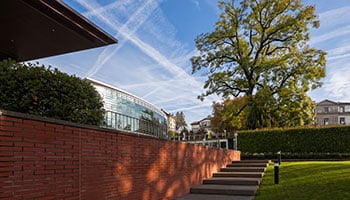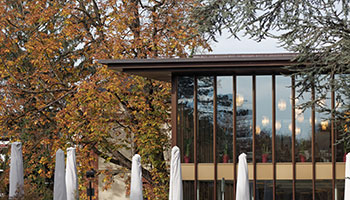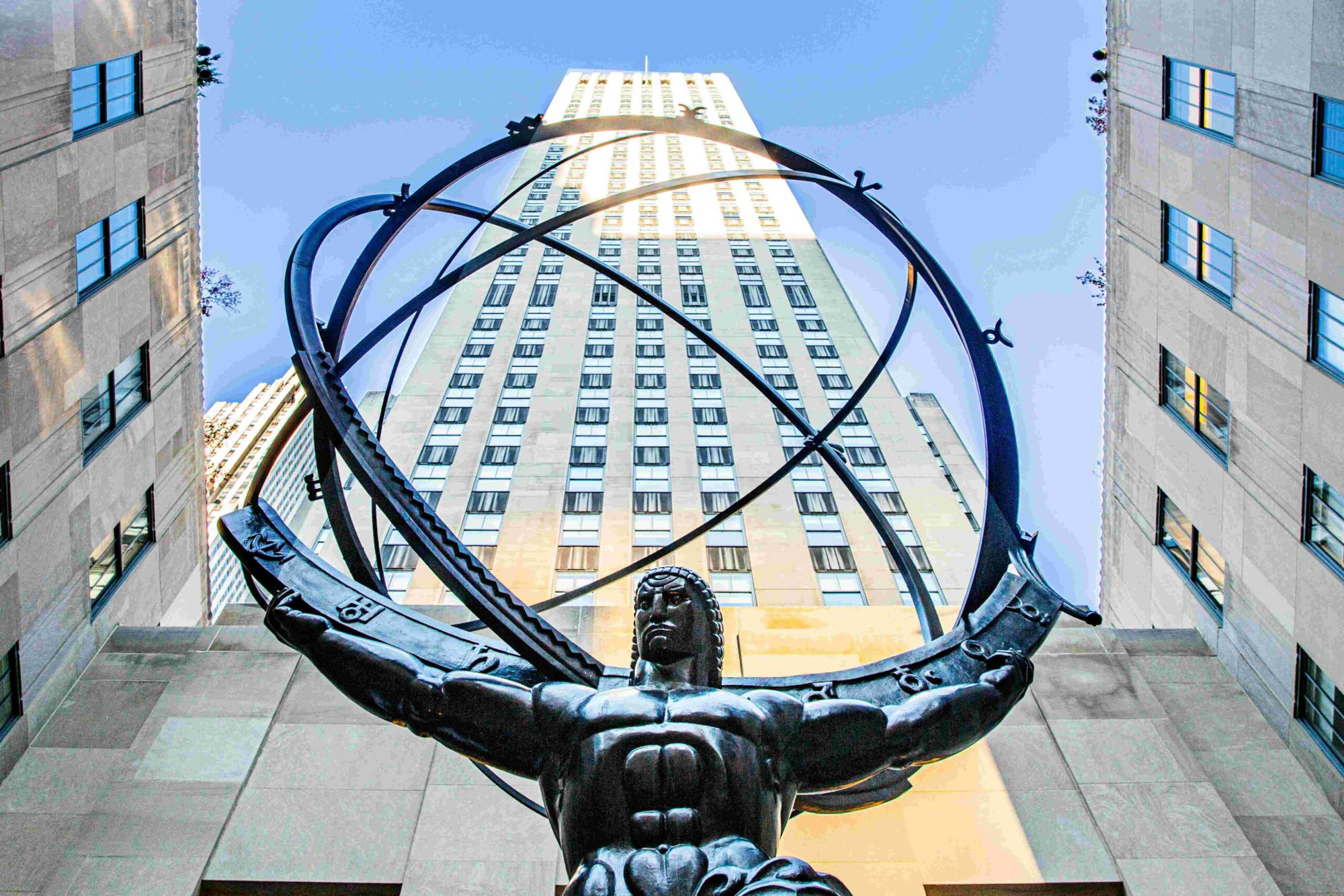Manhattan project: Leading genius
A fascinating example of a great team can be found in the Manhattan Project, which brought some of the most brilliant scientific talent of the 20th century into an isolated campus to design a workable atomic bomb, all under enormous time pressure. Under the shared leadership of Leslie Groves and J. Robert Oppenheimer, an unprecedented number of Nobel Laureates and superstar physicists coalesced into a unified and coherent team, working tirelessly and with no single person claiming credit or ownership of the ideas that went into it. How did Groves and Oppenheimer organize it? How did they handle the bitter controversies that erupted between exceptional, yet extremely stubborn, men? How did they keep ideas flowing and alternative options alive? What lessons can managers learn from their management techniques and experience?
1940s
Cranfield University
Wharley End Beds MK43 0JR, UK
Tel +44 (0)1234 750903
Email [email protected]
Harvard Business School Publishing
60 Harvard Way, Boston MA 02163, USA
Tel (800) 545-7685 Tel (617)-783-7600
Fax (617) 783-7666
Email [email protected]
NUCB Business School
1-3-1 Nishiki Naka
Nagoya Aichi, Japan 460-0003
Tel +81 52 20 38 111
Email [email protected]
IMD retains all proprietary interests in its case studies and notes. Without prior written permission, IMD cases and notes may not be reproduced, used, translated, included in books or other publications, distributed in any form or by any means, stored in a database or in other retrieval systems. For additional copyright information related to case studies, please contact Case Services.
Research Information & Knowledge Hub for additional information on IMD publications
in I by IMD
Research Information & Knowledge Hub for additional information on IMD publications
Research Information & Knowledge Hub for additional information on IMD publications
Research Information & Knowledge Hub for additional information on IMD publications
Research Information & Knowledge Hub for additional information on IMD publications
in I by IMD
Research Information & Knowledge Hub for additional information on IMD publications
Research Information & Knowledge Hub for additional information on IMD publications
Research Information & Knowledge Hub for additional information on IMD publications
Research Information & Knowledge Hub for additional information on IMD publications
Research Information & Knowledge Hub for additional information on IMD publications
Research Information & Knowledge Hub for additional information on IMD publications









